Buying an apartment in Paris’s 1ˢᵗ arrondissement
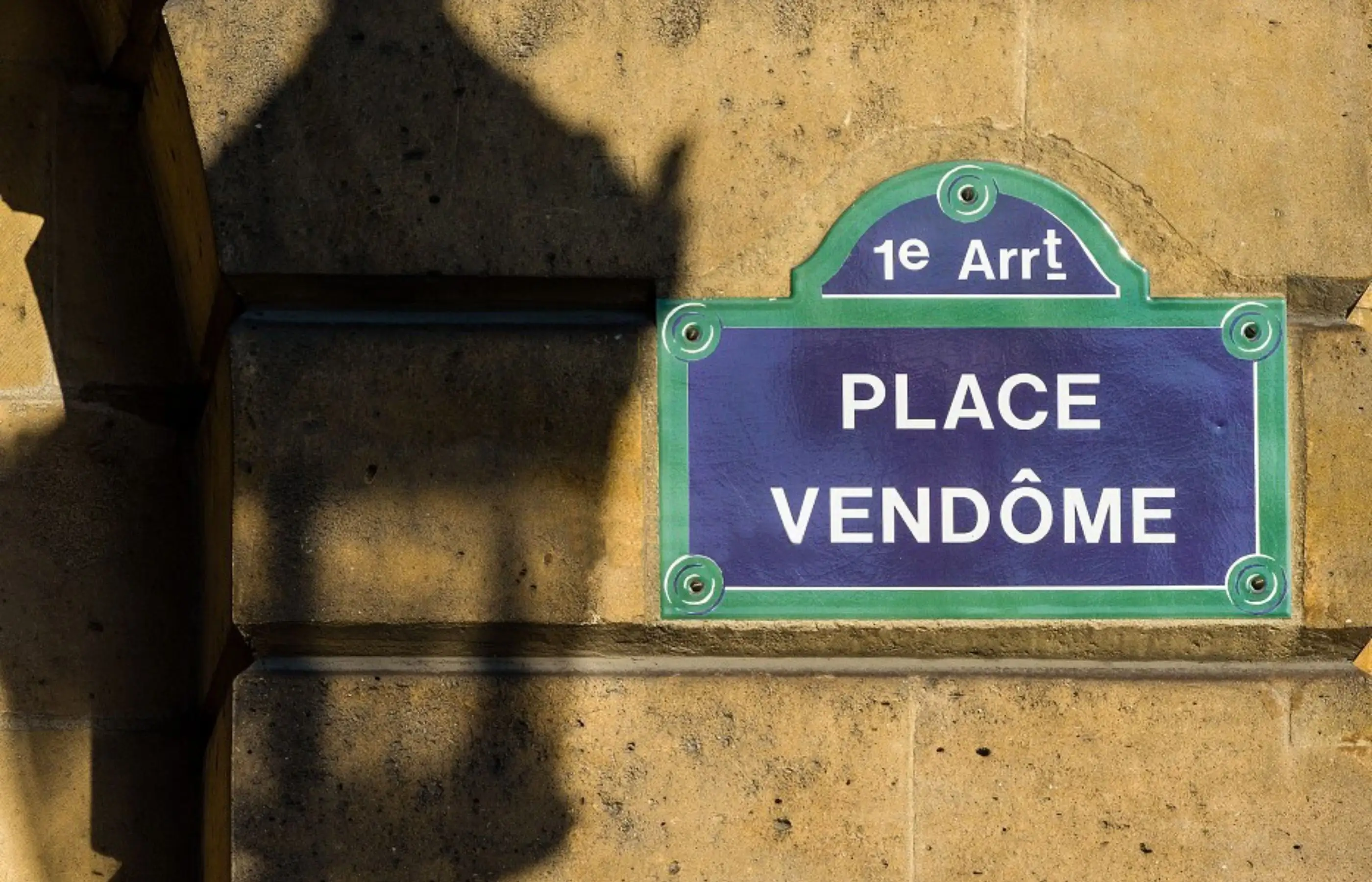
Buying property in Paris’s 1ˢᵗ arrondissement is an opportunity to become part of one of the capital’s most emblematic districts—an area steeped in prestige, culture, and the quintessential French art de vivre. Steps from the Louvre, the Palais-Royal, or Place Vendôme, every address tells a story, and every building carries the elegance of time.
This highly sought-after, centrally located area combines a rare supply of properties, architectural excellence, and an exceptional environment. To make your purchase a success, it’s essential to understand its specificities and anticipate each key stage—because here, properties often change hands discreetly, and the best opportunities rarely wait.
Maison Kyka supports you in understanding the 1ˢᵗ arrondissement’s property market, identifying the Parisian neighborhoods best suited to your project, refining your strategy, and ensuring a lasting and rewarding purchase.
The 1ˢᵗ arrondissement: an overview of Paris’s hypercenter
Key facts about the 1ˢᵗ arrondissement
At the very heart of the French capital, straddling the Right Bank and the Île de la Cité, lies the 1ˢᵗ arrondissement. Small in size but home to an incomparable institutional and cultural heritage, its tourist appeal and business district make it one of the most visited areas of Paris.
Here are a few key facts to get to know the 1ˢᵗ arrondissement inside and out:
- Area: 1.83 sqm
- Population: 15,475 inhabitants (source: Insee)
- Public transport: five metro lines (1, 4, 7, 11, 14) and three RER lines (A, B, D)
- Major landmarks: the Louvre Museum, Tuileries Garden, Place Vendôme, Comédie-Française
Beyond its postcard image, the 1ˢᵗ arrondissement is a district of many faces, embodied by its distinct neighborhoods.
The Place-Vendôme district
On the western side of the arrondissement, between Rue des Capucines, Rue Saint-Roch, Rue de Rivoli, Rue Saint-Florentin, and Boulevard des Capucines, stretches the prestigious Place-Vendôme district. Named after the famous royal square, best known for its high jewelry boutiques and central column, this ultra-premium enclave is primarily dedicated to luxury brands, grand hotels, and office buildings. While not especially residential, it offers a secure and serene environment prized by an international, affluent clientele.
The Palais-Royal district
Between Rue Saint-Roch, Rue Croix-des-Petits-Champs, Rue des Petits-Champs, and Rue de Rivoli lies the Palais-Royal district. Closely tied to Cardinal Richelieu, who built the Palais-Cardinal in 1624 (now the Palais-Royal), the neighborhood lives at the rhythm of its historic landmarks, combining classical architecture and pre-Haussmannian charm. Having lunch at Le Grand Véfour, reading by the fountain in the Palais-Royal Garden, or attending a play at the Comédie-Française—all capture the refined art of living here, a blend of quiet elegance and institutional prestige. The atmosphere is peaceful, cultured, and favored by those seeking authenticity and serenity.
The Saint-Germain-l’Auxerrois district
Bordering the Seine, the Saint-Germain-l’Auxerrois district is bounded by Place de la Concorde to the west, Rue de Rivoli to the north, and Boulevard du Palais to the east. It represents the historic cradle of Paris, since Lutetia—the ancient city that would become Paris—was founded around the Île de la Cité. While not highly residential, the district is structured around major cultural and administrative sites such as the Louvre Museum and Sainte-Chapelle, leaving little room for housing. The few preserved residential pockets—around Place Dauphine or along Quai de la Mégisserie—offer discreet tranquility away from tourist routes.
The Les Halles district
To the east of the arrondissement, between Rue de Turbigo, Rue Étienne-Marcel, Rue de Rivoli, Rue du Louvre, and Rue Saint-Denis, lies the vibrant Les Halles district. Long nicknamed “the belly of Paris” for its legendary market halls, it was completely transformed in the 1970s by the construction of the underground Forum des Halles and the Châtelet–Les Halles transport hub. Highly frequented, cosmopolitan, and decidedly urban, this neighborhood sees tens of thousands of visitors each day. Lively from dawn until late at night, it embodies the full energy and diversity of Parisian life.
The real estate market in the 1ˢᵗ arrondissement: prices, housing, and key dynamics
High property prices
Property prices in the 1ˢᵗ arrondissement reflect the area’s prestige and exclusivity. The median price per square meter for pre-owned homes exceeds €12,000/sqm, though it varies greatly depending on the property’s location and features.
Three price ranges can generally be identified, each tied to distinct sectors:
- Ultra-prime sector: Place Vendôme, Rue de Rivoli (facing the Louvre), and the Île de la Cité—apartments here frequently sell for over €18,000/sqm, thanks to the worldwide renown of these addresses and their exceptional views.
- Classic prestige sector: Palais-Royal, the edges of the Tuileries, and the western part of Saint-Germain-l’Auxerrois—prices typically range between €14,000 and €17,000/sqm for upscale apartments, though properties requiring renovation may sell for around €13,000/sqm.
- Central, lively sector: around Les Halles and certain more popular streets—prices are relatively more accessible, with a median of €12,150/sqm (source: Figaro Immobilier).
Buying an older property in the 1ˢᵗ arrondissement therefore requires a substantial budget, and it’s important to factor in additional costs such as notary fees, which are also high for this type of transaction. However, such prices are justified by the market’s resilience and prestige, making this area a sound long-term investment.
A prestigious housing stock dominated by rentals
Buying in Paris’s 1ˢᵗ arrondissement also means dealing with limited supply: fewer than 14,000 residential units were recorded in 2022 (source: Insee). Nearly all are apartments within collective buildings, as the few remaining private mansions are typically owned by institutions or luxury brands. Consequently, your purchase will almost certainly be an apartment, usually ranging between 25 and 60 sqm. Exceptional properties—large family apartments over 150 sqm or entire floors in prestigious buildings—are increasingly rare.
The arrondissement also has a majority of tenants, with only 31.8 % of residents being homeowners. This is explained by the high proportion of short-term rental apartments and secondary residences, resulting in a vacancy rate of 11.2 % (source: Insee), well above the Paris average.
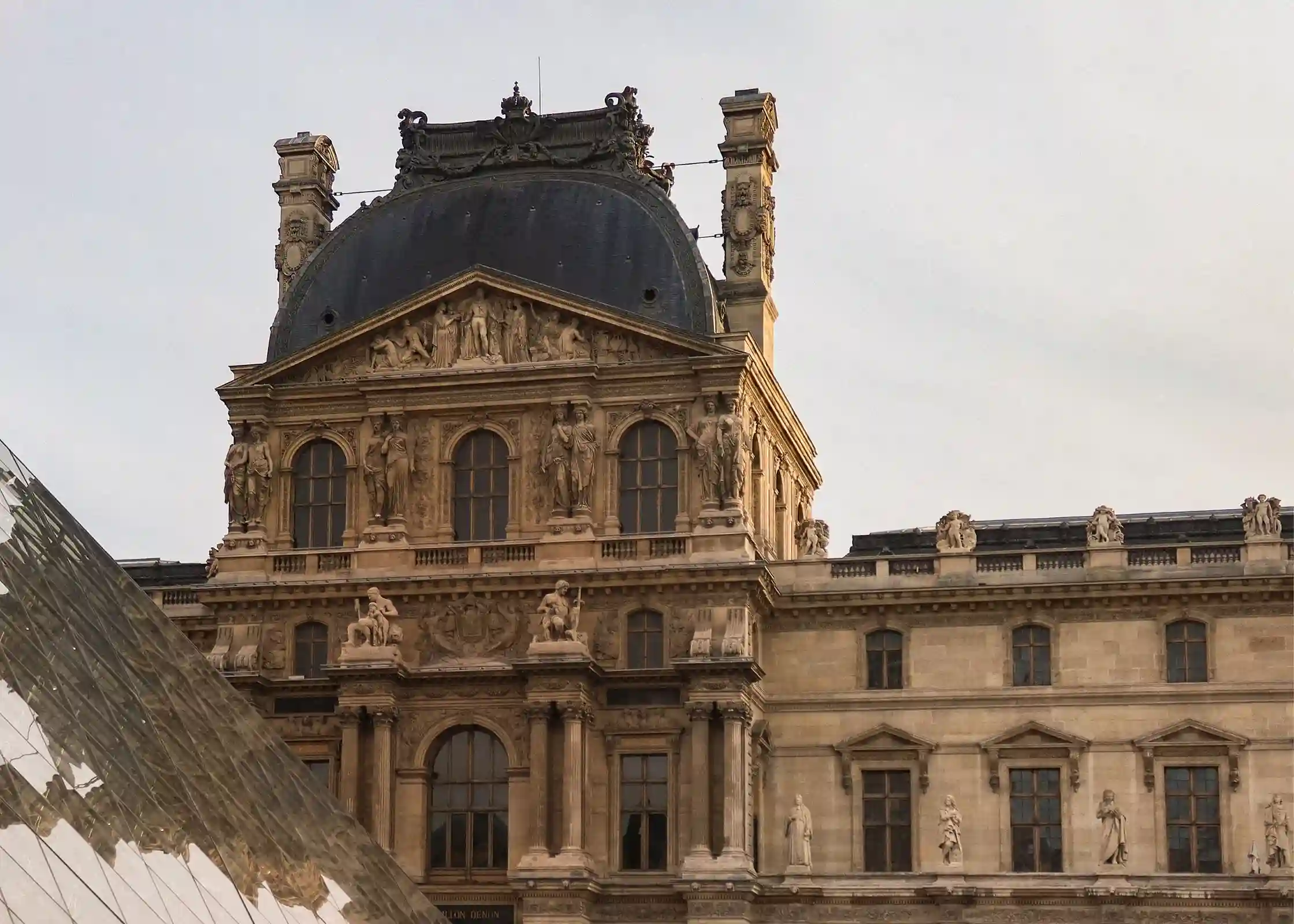
A competitive and exclusive market
In the 1ˢᵗ arrondissement, demand usually far exceeds supply. Well-located, properly priced apartments sell extremely quickly. In practice, this means the best listings disappear within days: it’s common for a well-situated studio to find a buyer in under a week—sometimes after just one group visit. Similarly, fairly priced family apartments can attract multiple offers in record time.
A few strategies can help mitigate this market pressure:
- Buy a property requiring renovation: these apartments tend to be less in demand and more affordable, and their value can rise considerably after quality refurbishment.
- Pay in cash: sellers often favor buyers able to close quickly without financing delays.
- Work with a property hunter or local agency: you’ll gain access to off-market opportunities and discover hidden gems before others do.
Ultimately, investing in the 1ˢᵗ arrondissement calls for careful preparation and a solid financial plan. By partnering with Maison Kyka, you benefit from the expert guidance of professionals specialized in the Paris market—a bespoke experience perfectly aligned with your project.
Why buy in the 1ˢᵗ arrondissement?
A safe long-term investment
Acquiring property in Paris’s 1ˢᵗ arrondissement is a strong and lasting act—often viewed as a long-term patrimonial investment. The rarity of available properties, steady demand, architectural quality, and the district’s international prestige all contribute to consistent value appreciation.
In this hyper-central area, space is limited, building permits are exceedingly rare, and most properties for sale are located in protected or listed buildings dating from the 17ᵗʰ, 18ᵗʰ, or Haussmannian periods. This physical scarcity naturally drives sustained price tension. Even during broader real estate slowdowns, the 1ˢᵗ arrondissement remains resilient.


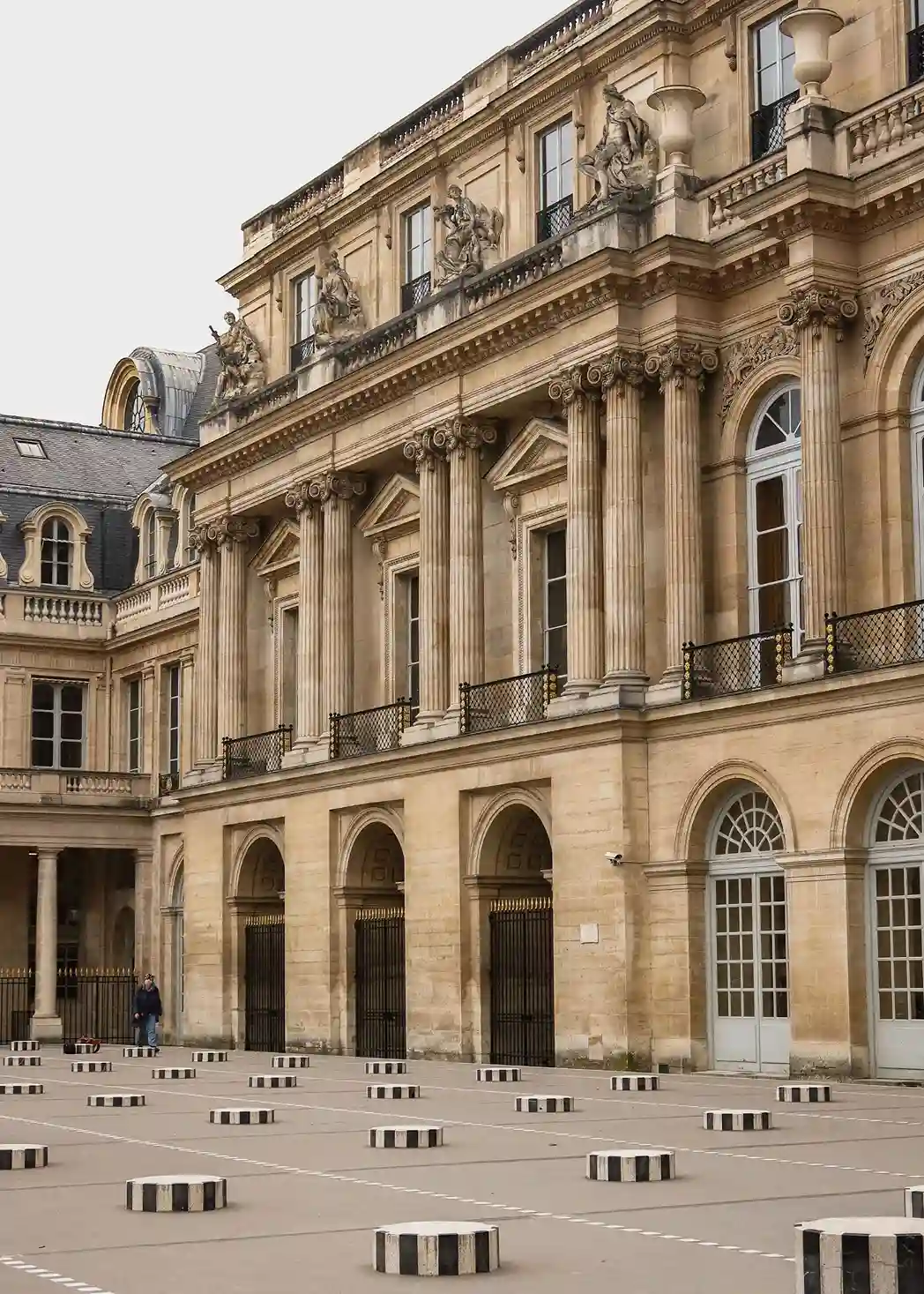
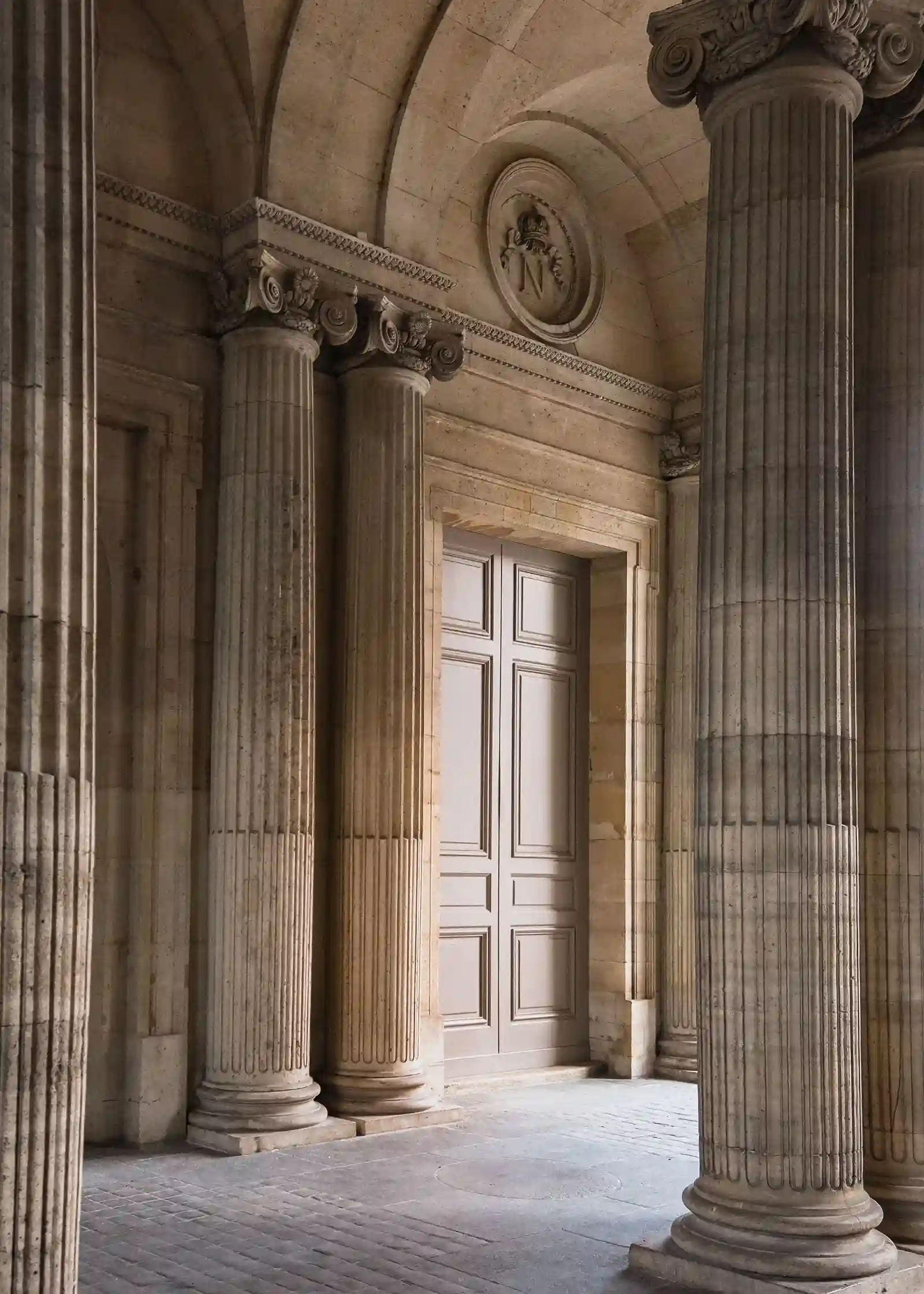
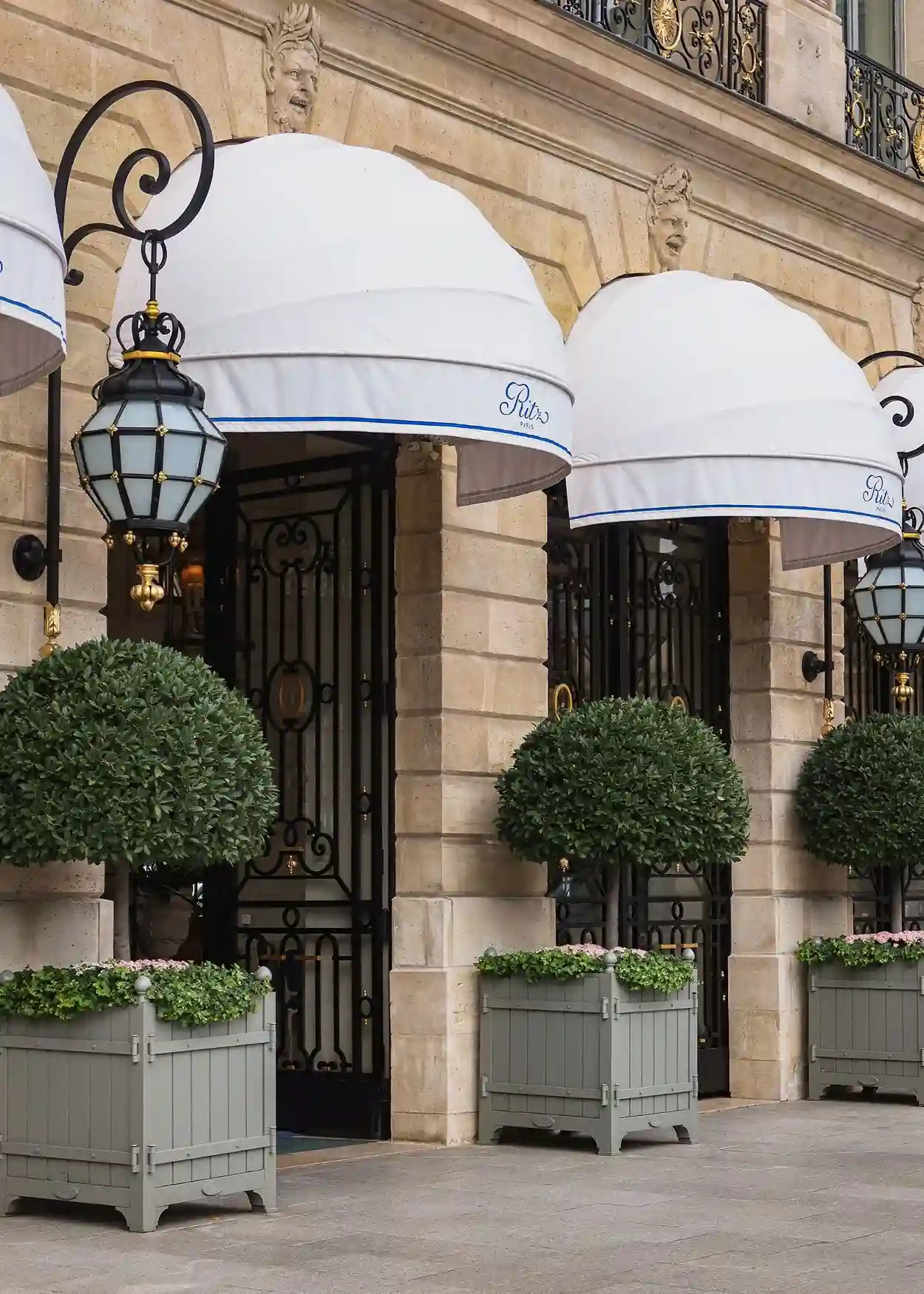
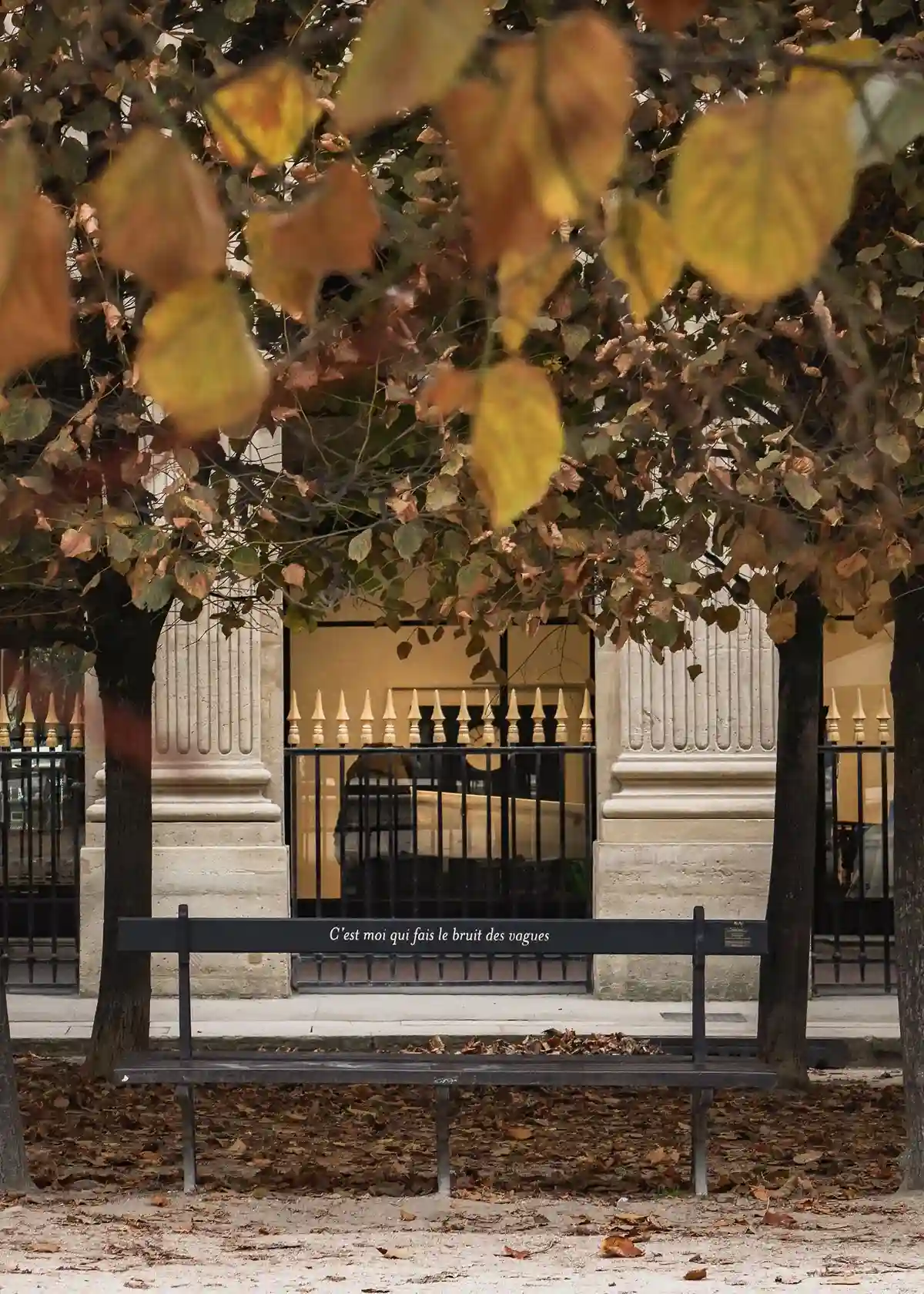

.webp)


.webp)